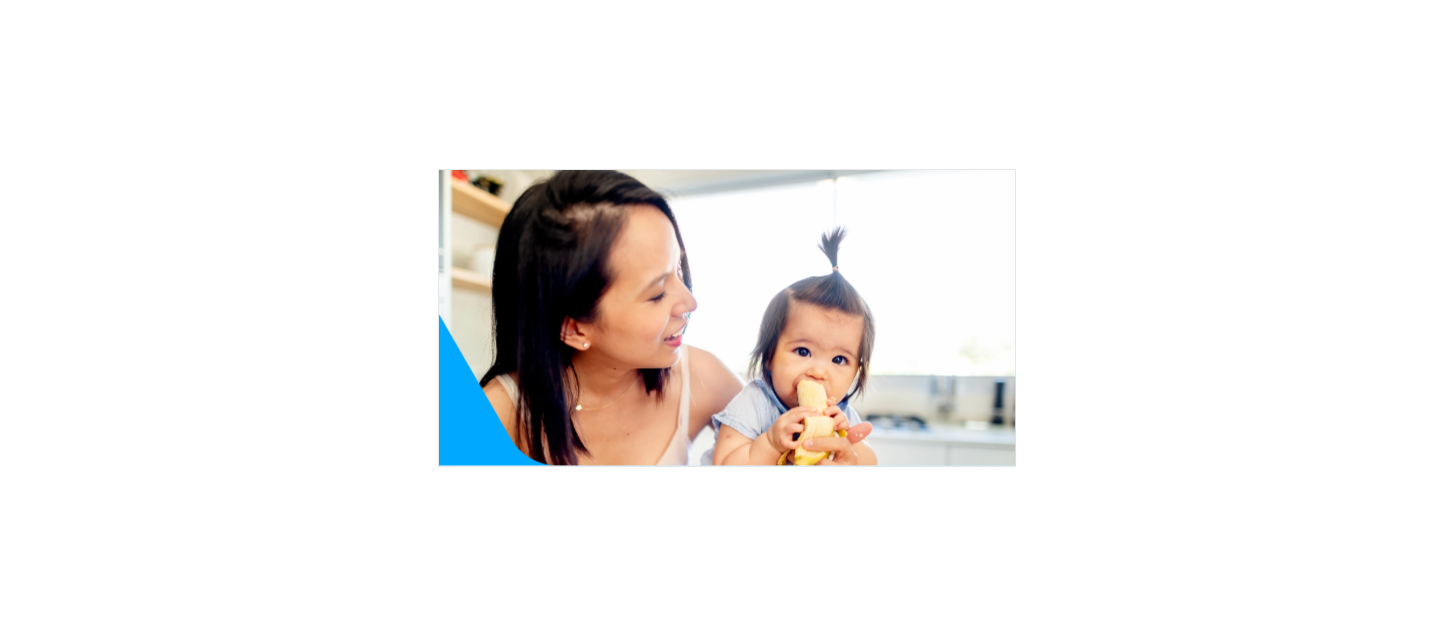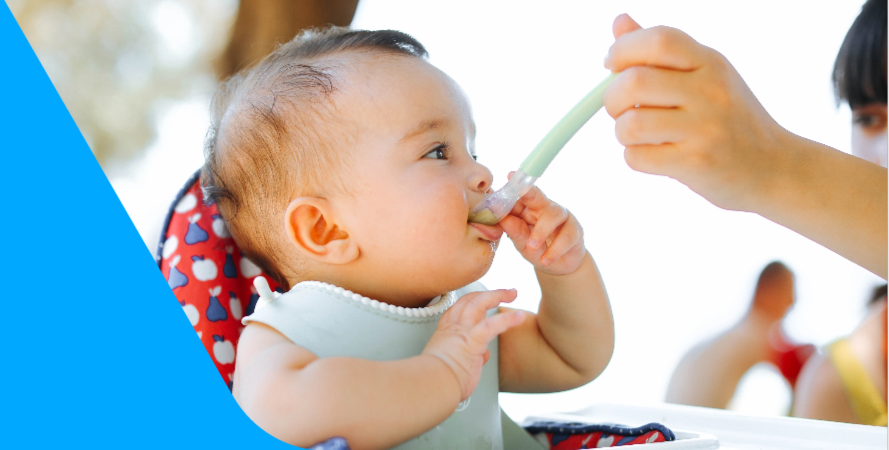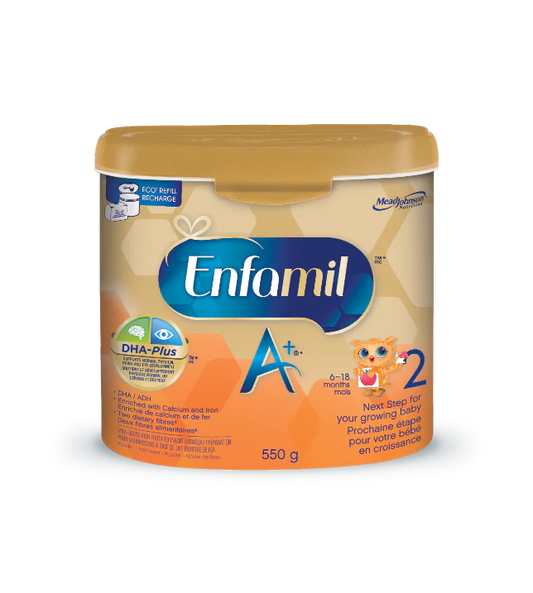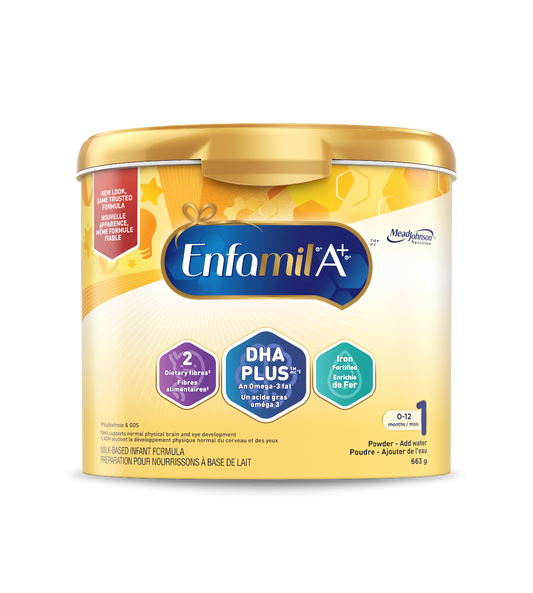After iron-rich foods have been introduced and accepted, it is time to expand your baby's diet and taste to include fruits and vegetables.
Tips on Adding New Foods
- Start a new food when your baby is happy and hungry. Try mornings or lunchtime when your baby may be less likely to be fussy and any problems will be seen in the day.
- If your baby does not like a new food at first, try it again another day. He may need to try a new food many times before he likes it.
- Do not introduce honey until after 1 year of age to prevent food poisoning (botulism).
Allergies
- Offer 1 new food at a time and wait 3-5 days before introducing another new food. That way, if your baby has an allergic reaction (such as rash, vomiting or diarrhea), you can more easily pinpoint the culprit.
- Your baby is more likely to have an allergy if 1 or both parents or brothers or sisters have allergies, eczema or asthma. If there is a family history of allergies, speak to your baby's doctor. You may decide to wait to start some foods until your baby is older.
- If there is no history of food allergies, there is no reason to delay introducing any foods.
Vegetables and Fruits
- Try 1 new vegetable or fruit at a time.
- Generally, mild tasting vegetables or fruits such as carrot, squash, sweet potato, peas, green or yellow beans, apples, apricots, plum, peaches, pears or avocados are offered first, before moving on to sharper tasting vegetables such as broccoli, cauliflower, brussel sprouts or cabbage. Of course, it is best to follow what your family usually eats.
- Wash, peel, pit and/or seed fresh vegetables and fruits before using.
- Give your baby cooked and mashed vegetables and fruit.
- Mash bananas, papayas, avocados, mangoes, melon and canned fruits (in juice) without cooking them.
- Unsweetened applesauce can be served as is.
- If you use jarred baby fruit, avoid 'fruit desserts'. These are high in sugar.
Juice and Other Drinks
- Your baby is getting plenty to drink from breast milk or infant formula.
- At 6 months, if your baby seems thirsty, you can give your baby cold tap water, well water (that has been tested and safe) or bottled water (excluding carbonated or mineral water) from a cup.
- You do not have to give your baby juice, but if you choose to, wait till your baby is 6 months and limit to 120-180 mL (4-6 oz) per day. Too much juice can cause diarrhea and early childhood tooth decay. Also, it could decrease your baby's appetite for nutritious foods.
- Offer juice as part of a meal or snack and in a cup, not a bottle.
- Give your baby 100% pure fruit juice, unsweetened and pasteurized. You do not need to buy special baby juice.
- Avoid fruit drinks, fruit beverages, fruit punches, fruit crystals, fruit cocktails or fruit blends. They are high in sugar and contain little juice.
- Do not give your baby soft drinks, sport drinks or herbal teas.
Finger Foods
- At 9-12 months, your baby will have reached the milestone of picking up small pieces of food, bringing it to his mouth, and chewing. This skill represents a newfound sense of independence. Let your baby pick up some food and feed himself, however continue to spoon feed your baby to ensure adequate nutritional intake.
- Serve food in either big pieces they can hold (1 cracker, 1/4 slice of dry toast) or tiny soft pieces they can pick up (size of a pea).
- Increase the variety and textures of foods.
- When your baby is eating a variety of solid food, give breast milk or formula after meals.
By 1 year of age, your baby should be eating a variety of soft foods from the 4 food groups and drinking water, and/or milk from a cup.
Suggestions for soft family food that can be mashed, grated or finely chopped:
- Soups
- Pasta with cheese
- Tomato or meat sauce
- Stews
- Baked beans
- Couscous
- Rice
- Noodles
- Mild chili
- Shepherd's pie
- Meatloaf
Learn More about Starting Solids









